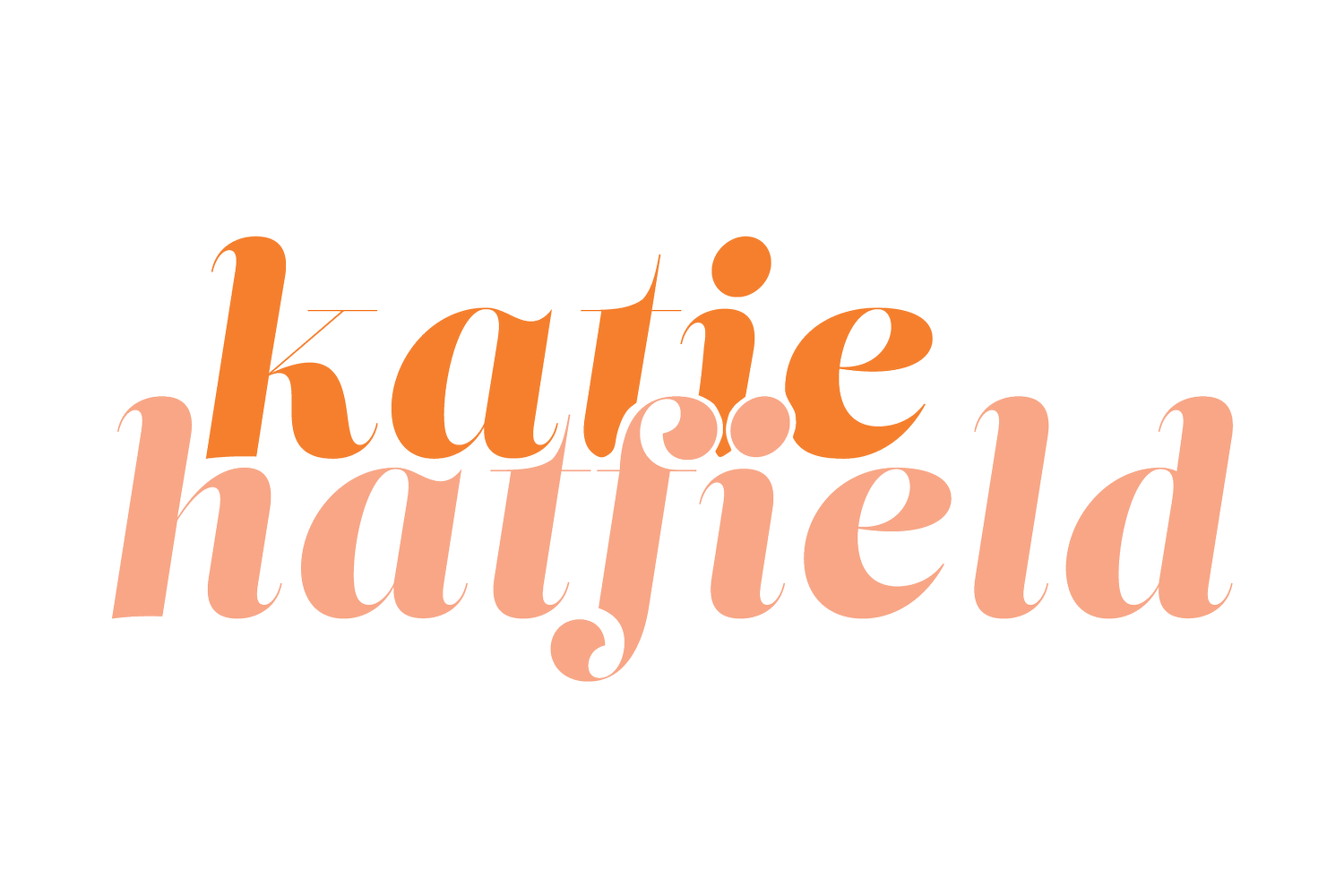DYE JOURNAL - WHEN LIFE GIVES YOU LEMONS...MAKE A pH BATH!
Dyeing fiber with nature still astounds me. It never gets old. Natural dyeing is straight up magic and it’ll always keep surprising me.
Something that I’ve wanted to incorporate into my natural dye practice is to fully exhaust my dye baths before they get weird and moldy. This means fully using up as much color as the dye bath will give you by subsequently dyeing multiple rounds of fiber. Some dyes are very potent and you can dye round after round after round of fiber and still receive color without adding to or changing anything about the dye pot. It’s so cool! Not only is this economical, it also opens up a whole color range to explore! As you exhaust a dye bath, it fades (or sometimes changes color slightly) with each round of fiber immersed.
Another method I’ve been wanting to give a go is experimenting with the pH of my dye baths. Water’s pH plays a HUGE role in natural dyeing. You can unlock crazy color ranges when you change the pH of your water by making the dye baths either more acidic or more basic. I told you— natural dyeing is magic!
I gave both these methods a try this week with my logwood bath that I made a couple of weeks ago. I added a teeny bit of logwood extract to my old dye bath to revive the color a little, then went to work dyeing a few rounds of fiber to explore the range of color.
So how did I change my pH? Lemon juice! Water becomes more acidic in the presence of lemon juice, and knowing that logwood could be pushed more magenta/pinky/red with an acidic modifier, I grabbed some lemons and tried it out! The results were pretty fun…
L to R: Results from my first logwood dye bath with no modifiers, my second round of dyed fiber with a small amount of lemon juice added, my third round of dyed fiber with more lemon juice added. Each round has a mix of wool and cotton fibers.
This experiment was a little different in that I added lemon juice to my dye bath between rounds. The grouping on the left is from my first dye bath with no changes or modifiers. I use water from my rain barrel, which generally has a neutral pH balance.
The middle grouping is from my second round. Before throwing the fibers in, I added juice from one lemon into it. Not only is this grouping faded (as is expected when exhausting a dye bath), it’s also slightly leaning toward red than true purple. Something I noticed in this group was that heat seemed to play a role in how much purple the dye would maintain. When I added the lemon juice the dye water was clearly magenta-y, but after spending a couple hours under active heat from my hot plate, I noticed that the dye changed back to being more purple than magenta.
The grouping on the right is from my last dye round. I added juice from about 2 lemons to the pot before sticking the fibers in. Taking note from my last dye round, I only let this pot sit in active heat for about an hour, then let the dye pot cool for the rest of the day. This round definitely maintained more of the pinky hues that the lemon juice shifted it toward.
All of this is so amazing and broadens the possibilities of my color wheel. Buuuut the most amazing part of this whole thing for me was that I finally figured out how I can color match a yarn that I’ve been trying to source for a few months…
The yarn in my hand is an old favorite from a yarn supplier that I can no longer source from. The skein of yarn that came from my final round of this acidic logwood dye is a nearly perfect match. What joy!!!
Phew! This was kind of a long one— if you made it this far, you’re awesome. My coreopsis harvest this year is going well, so I have a feeling that will be making its way into the dye pot next week. Stay tuned!
— KB


